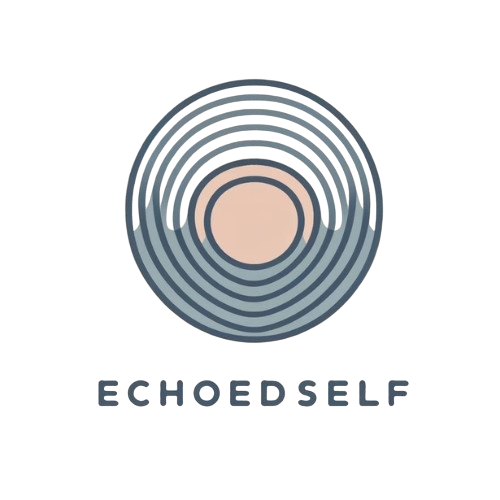How to express your emotions creatively using art
Some emotions arrive quietly — like a whisper you almost miss. Others come crashing in like waves — wild, sharp, overwhelming. But whatever their form, emotions ask to be felt. They want to be seen, honored, and moved through.
For many of us, speaking about our feelings is hard. Sometimes, there are no words. And that’s okay. Emotions don’t always need language. Sometimes they just need color. Texture. Movement. A place to land outside the body — where we can witness them, explore them, and release them with compassion.
This is where art becomes more than expression. It becomes healing.
And the most important part? You don’t have to be an artist. You only have to begin.
Why art is a powerful tool for emotional processing
Art has always been a way to make sense of what lives inside us — from the earliest cave paintings to the abstract canvases of today. But beyond aesthetics, art touches something essential: it gives form to what words cannot reach.
it bypasses overthinking. We often try to reason with emotions. Art invites us to feel instead — through color, gesture, and rhythm.
it externalizes experience. Creating something visual gives you distance. You can look at your feelings, hold them, shift them.
it restores agency. When emotions feel too big, art gives you a safe space to shape them at your pace.
it softens judgment. Art makes space for all emotions — messy or beautiful, dark or bright. All are welcome.
You may have already felt this. In the relief of scribbling. In the calm after smearing paint. In the quiet comfort of shaping something with your hands.
That is emotional wisdom in motion.
Different ways to express your emotions through art
Let’s release the idea of “being artistic.” Creative expression is not about skill. It’s about honesty — and allowing yourself to be present with what you feel.
1. Paint or draw your emotions — without naming them
Start by choosing colors that match your inner state. Don’t overthink.
Let your hands move. Sharp lines for tension? Soft gradients for peace? Wild strokes for restlessness?
Layer colors, textures, or symbols to represent emotional complexity. You’re not creating art to impress — you’re giving shape to a feeling that needed a voice.
2. Make an emotion collage
Let your intuition lead. No plan — just response.
Flip through magazines or old books. Tear out images, words, colors that resonate — even if you don’t know why. Arrange them freely.
What emerges might surprise you. Collaging lets the subconscious speak — revealing insights that words often miss.
3. Use movement-based art
Some feelings don’t want to sit still. They want to move, to be felt through the body.
finger painting: Press, spread, splatter. Let your hands lead the way.
charcoal or pastels: Push hard, blur edges, follow impulse.
clay: Sculpt your emotions. Feel the shape change beneath your fingers.
These are especially helpful for grief, frustration, or anxiety — emotions that live in the body and need to move to be released.
4. Try symbolic art for deeper reflection
If you’re looking for insight, let metaphor guide you:
draw yourself in different emotional states. What changes in posture or tone?
create a visual ‘safe space.’ What colors, shapes, or objects make you feel protected?
sketch your inner critic and your inner supporter. What do they say? How do they feel to be with?
These symbols become maps. Not for solving — but for understanding.
When you don’t know where to start?
Blank pages can be intimidating. Try a simple prompt:
If this emotion had a color, what would it be?
If it had a shape or texture, what would it feel like?
What does this feeling need to say — even if it’s only a scribble or a line?
Start there. Let the rest unfold naturally.
Using art to release difficult emotions
Art can hold emotion — but it can also let it go.
tear your artwork. If it holds something painful, tearing it can be symbolic of release.
paint over it. Let an old story evolve. Create something new atop the old.
write down what you feel, then cover it with color. Let that emotion dissolve beneath soft layers. It is seen. And now, it can rest.
Healing rarely happens all at once. Sometimes, it comes in quiet layers. Trust that.
Your emotions deserve space
Your emotions are not too much. They are not too confusing. They are human. And they deserve to be expressed. Art offers you that space — where judgment fades, and feeling becomes creation. Where what’s inside you is welcomed, shaped, and set free.
So let yourself begin. Pick up a brush. Tear paper. Smear color. Trace lines across a page. Let your hands speak what your heart carries. And whatever you create — let it be enough.
Because you are enough.
